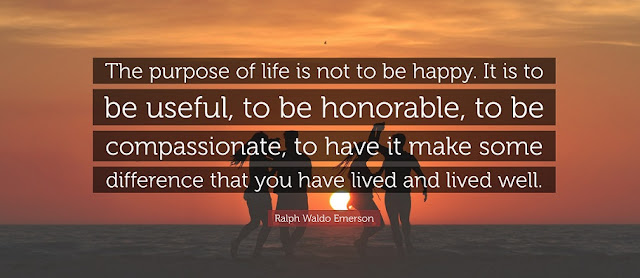The title of this post may seem rather senseless to most of you, for in all likelihood you have no plans to observe May Day at all. But there are people in countries around the world who will be observing May Day with great earnestness.
In the U.S., May Day in the past was often observed
with May Day baskets of flowers hung on the doorknobs of family/friends and
with dances around a Maypole—but I won’t be writing any more about that. (If
you want to reflect on that type of May Day observance, click here.)
Observing May Day in 1967
On May 1, 1967, I had lived in Japan exactly
eight months. Even though it was a Monday, since it was an unofficial holiday
in Japan, June and I had the day off from language school where we were
students. That gave me the chance to see May Day observed as I had never seen
it observed before.
The mission house into which my family and I
moved in September 1966 was 20-minutes by foot from the Yoyogi National Stadium
that was part of the venue for the 1964—and the 2020—Olympics. On that May Day,
I decided to walk over there and see what was going on.
Before reaching the Stadium, I encountered
masses of people—largely blue-color laborers—holding rallies and protesting
what they considered injustices in Japanese, and world, society.
While the rallies were mostly related to
domestic labor issues, there were also protests against the Vietnam War and
against the presence of U.S. bases in Okinawa which were supporting that war. There
were also appeals / demands that Okinawa be returned to Japan.
I don’t think I saw one other gaijin
(foreigner) at those May Day rallies, and I was later told by gaijin
friends that I was foolish for going there as I might have been
accosted/injured. But it was a most interesting experience, and I am still glad
that I learned some about that type of May Day then.
International May Day 2022
Although I didn’t know it then, in many
countries around the world May Day is also known as International Workers' Day
or Labour Day. The reason for May 1 being chosen as a day of advocacy for
workers of the world goes back to 1886.
Two years earlier, a convention held by the
organization of labor unions that later took the name American Federation of
Labor (AFL) unanimously set May 1, 1886, as the date by which an eight-hour
workday would become standard.
On that fateful Saturday, thousands of workers
went on a general strike in support of the eight-hour workday, and rallies were
held throughout the United States. The strike in Chicago led to the deadly Haymarket
Riot on May 4.
Because of those events in Chicago, a few years
later in Europe, advocates for laborers there and across the world chose May 1
as International Workers' Day. It is now a public holiday in some 80 countries around the world.
Here is a link to a 4½-minute video showing how six countries
(beginning, interestingly, with Ukraine and including Russia and France)
observed International May Day in 2017.
And here is a link to a 2-minute video titled
“Join the 2022 International May Day Online Rally this May 1!” It is by David
North, an American Marxist theoretician who serves as the national chairman of
the Socialist Equality Party (SEP)
in the United States.
SEP opposes both “the ruthless imperialist
ambitions of NATO,” and “rejects the national chauvinism with which the Putin
regime defends its desperate invasion of Ukraine.” The online May Day rally will
also be advocating for greater equality for the workers of the world.
Despite strong opposition to socialism by
many USAmericans, why shouldn’t we, especially those of us who claim to be
followers of Jesus Christ, be more concerned about the suffering and even
exploited workers of the world?
Let’s observe May Day this year by at least giving
some thoughtful consideration to how we might help working people struggling
because of low-paying jobs that are inadequate for meeting their basic needs.
_____
** For a closely related viewpoint, I encourage
you to read Celebrating
Labor Rights, on May Day and Beyond, an article by Adam Russell Taylor in
the May 2022 issue of Sojourners magazine.











.jpg)